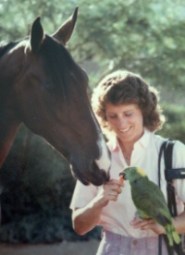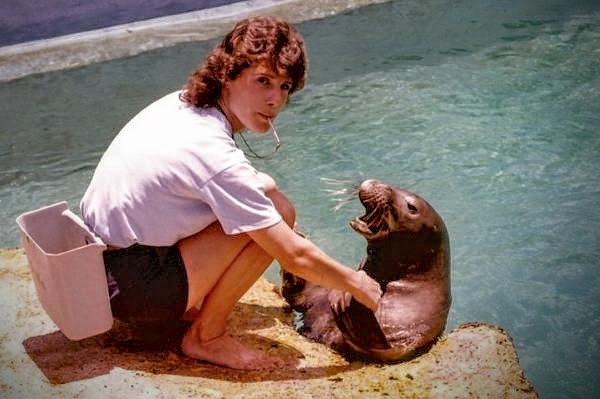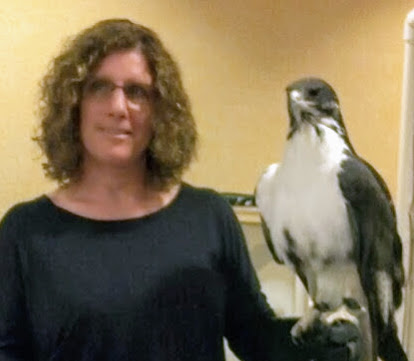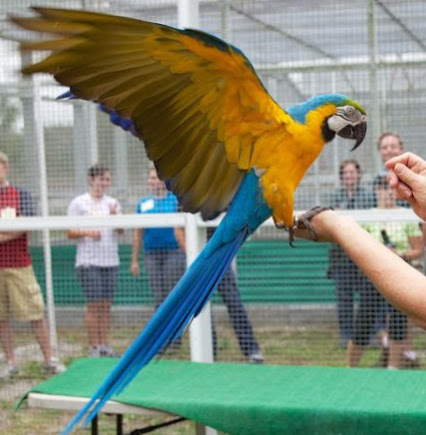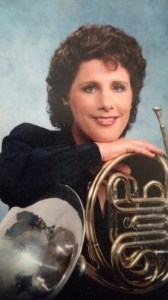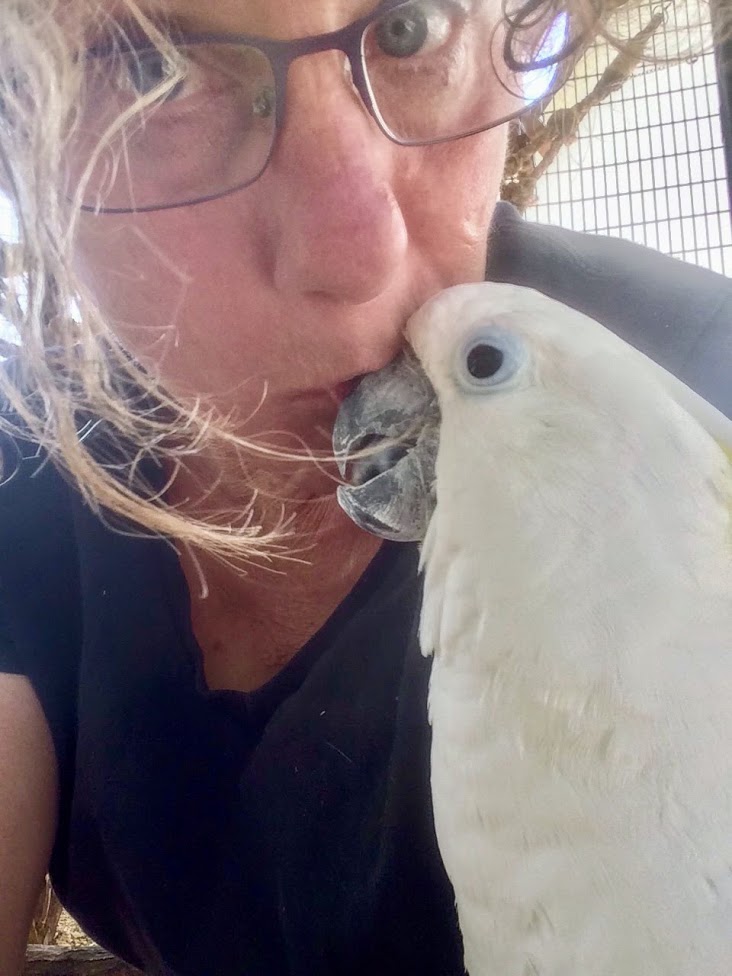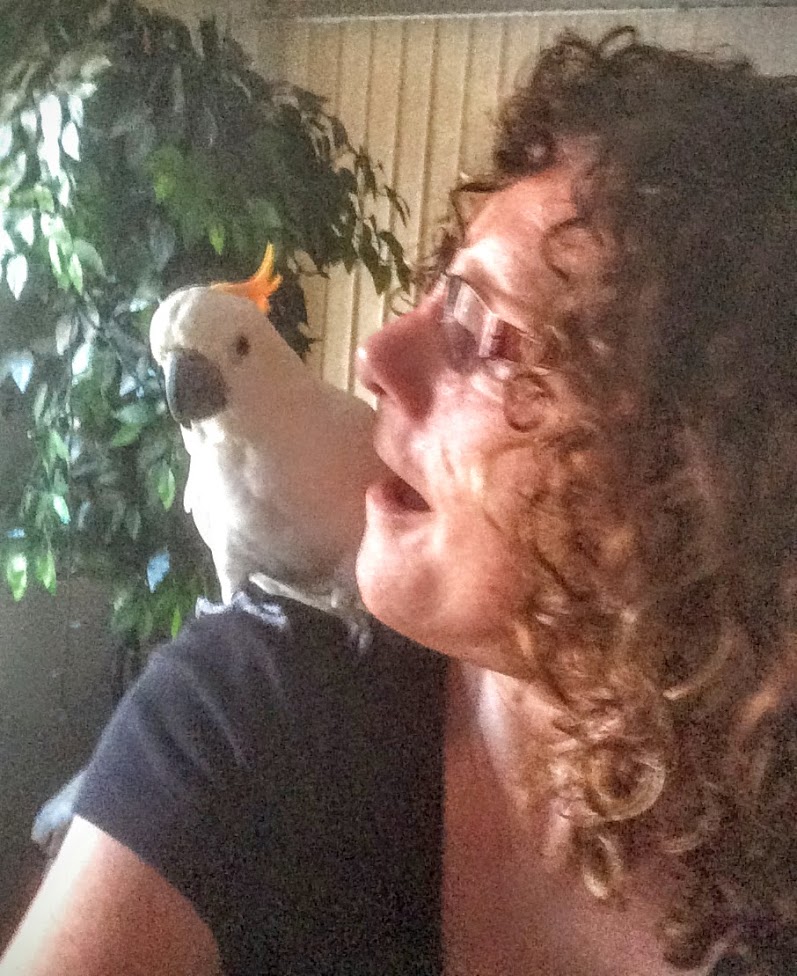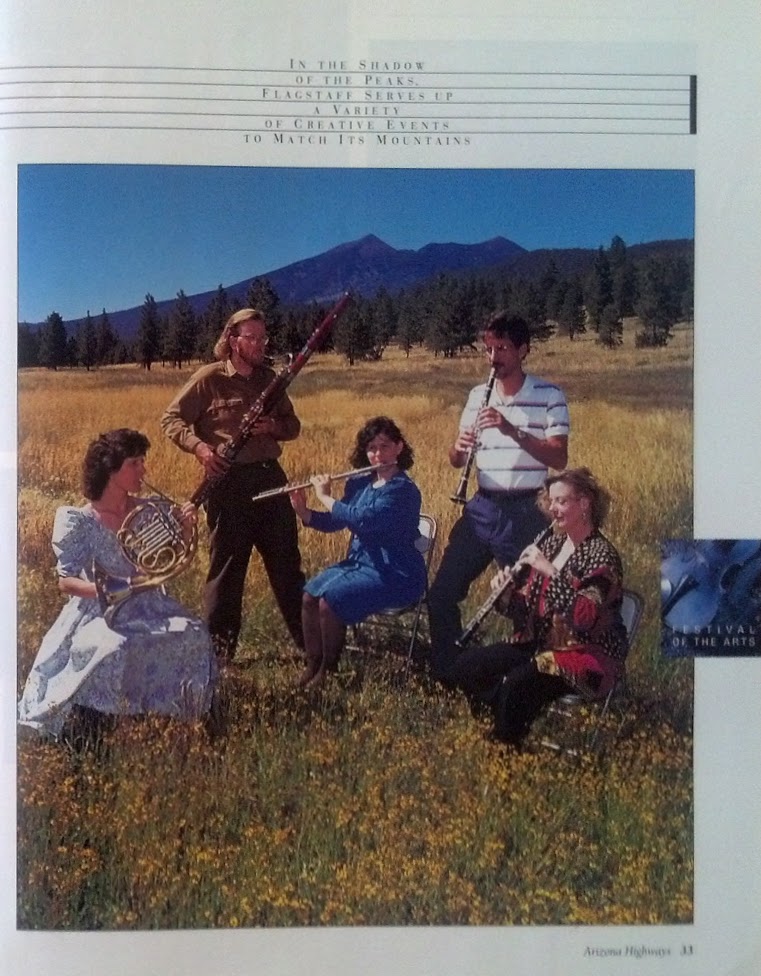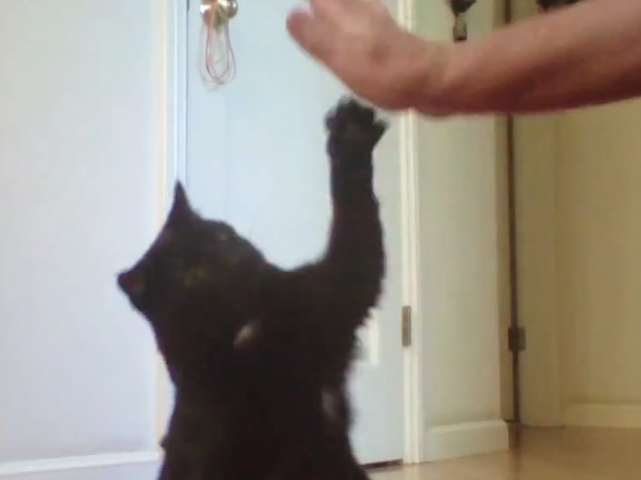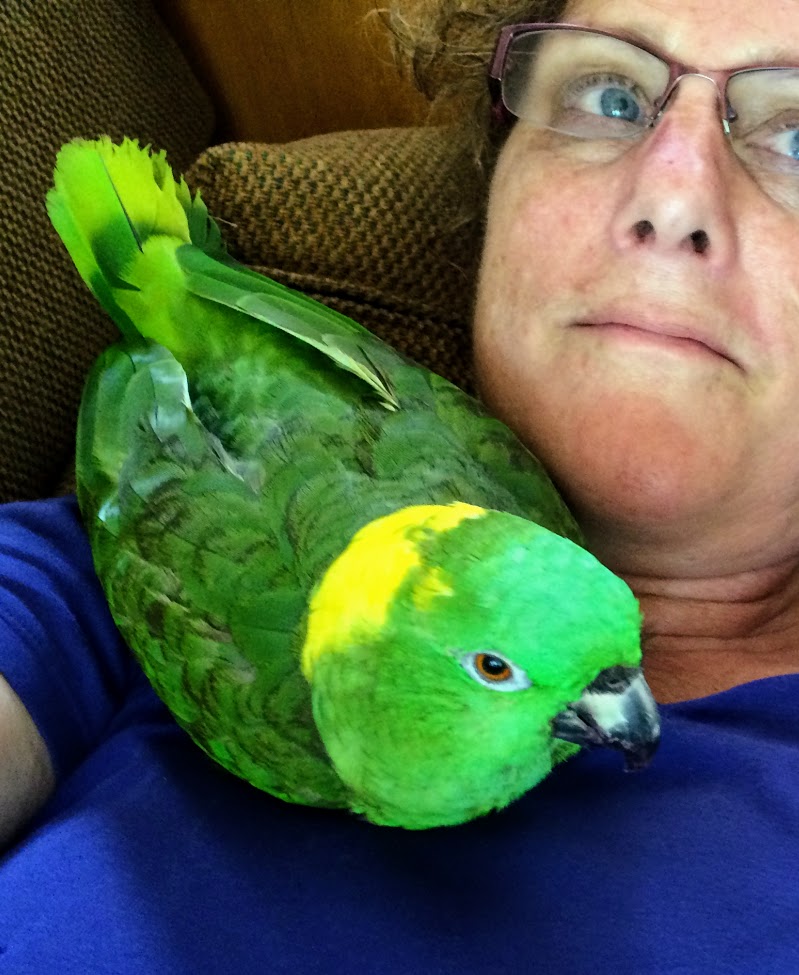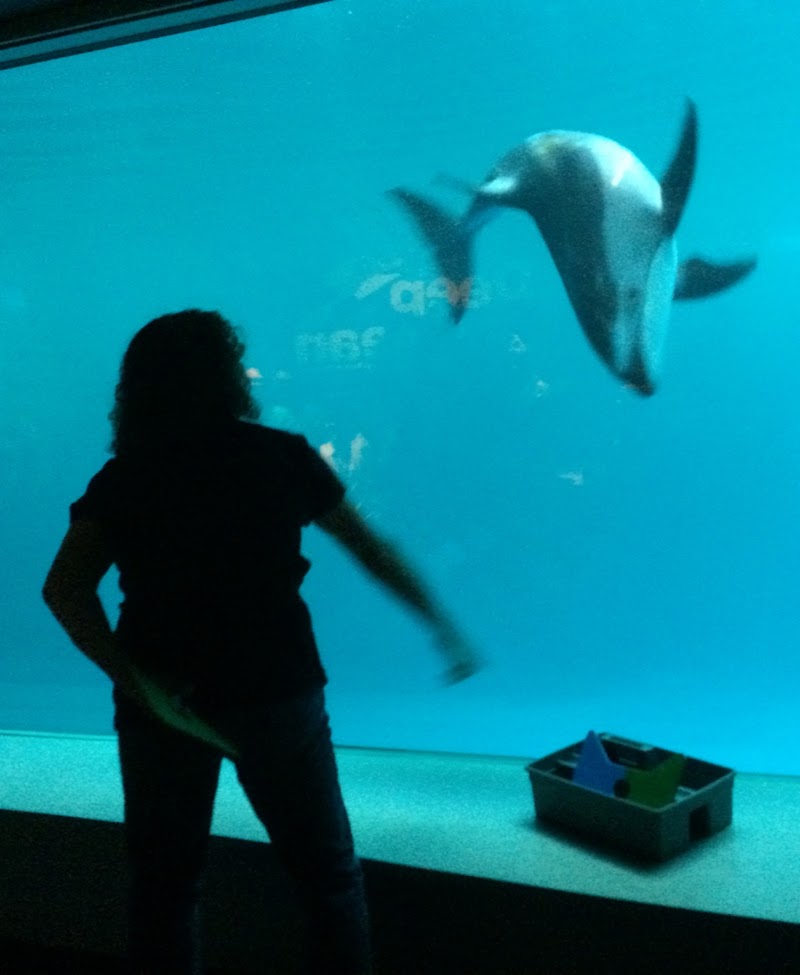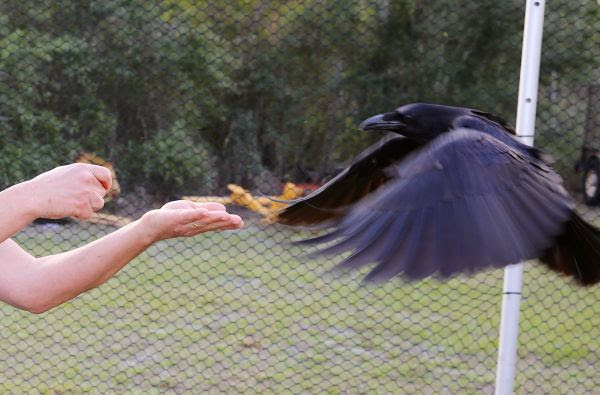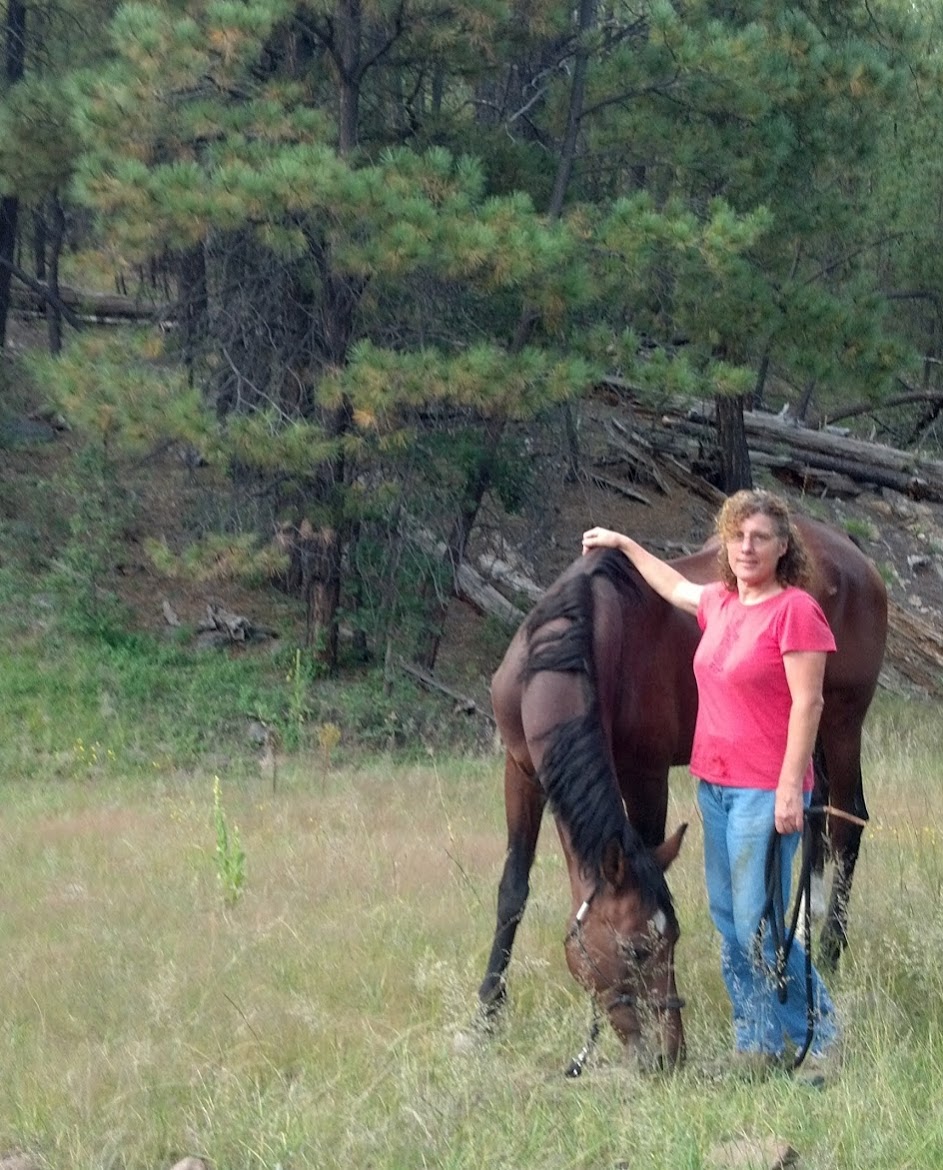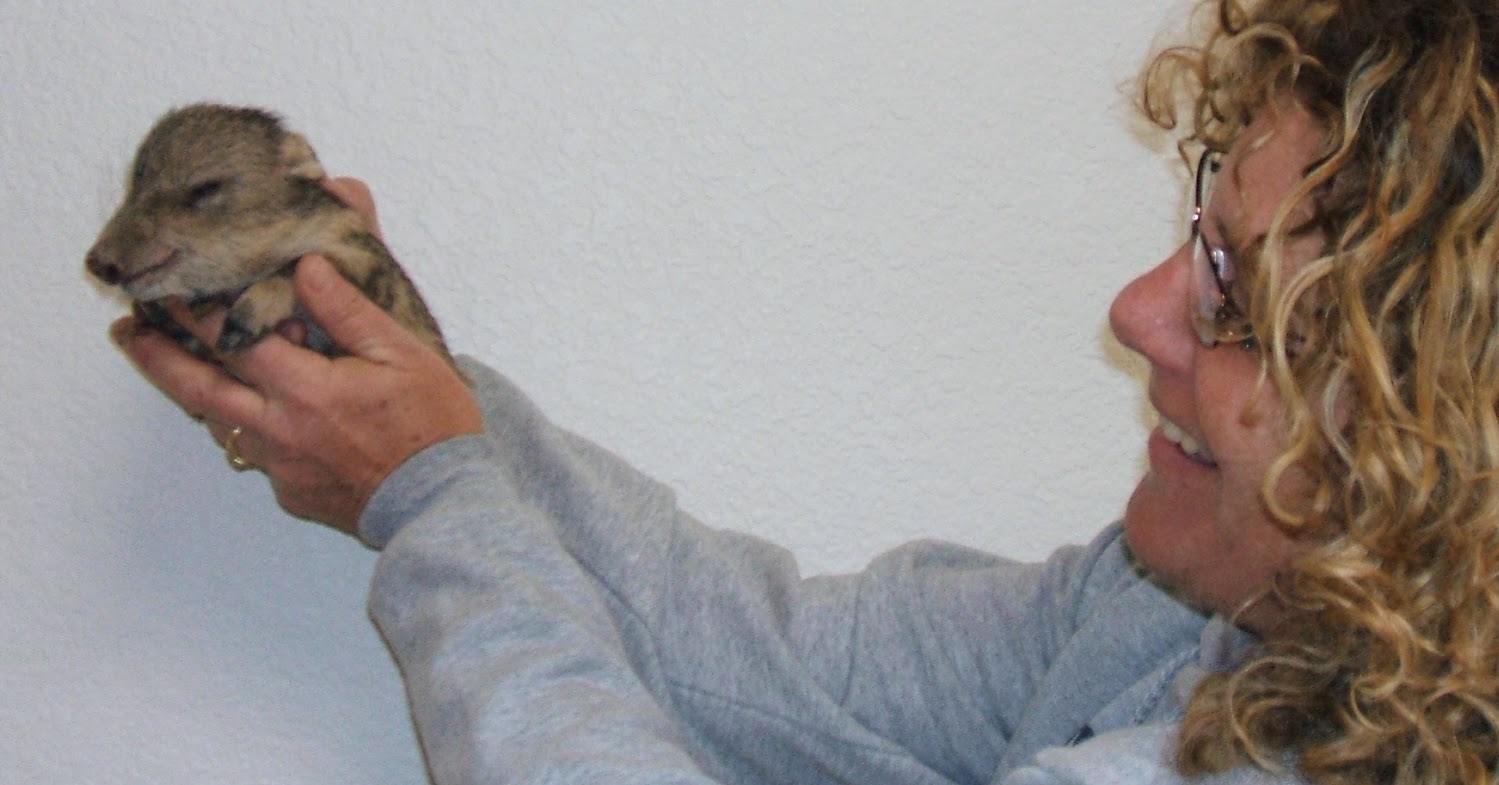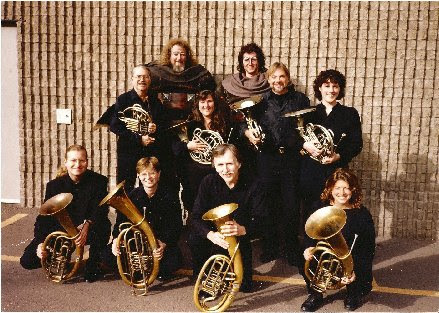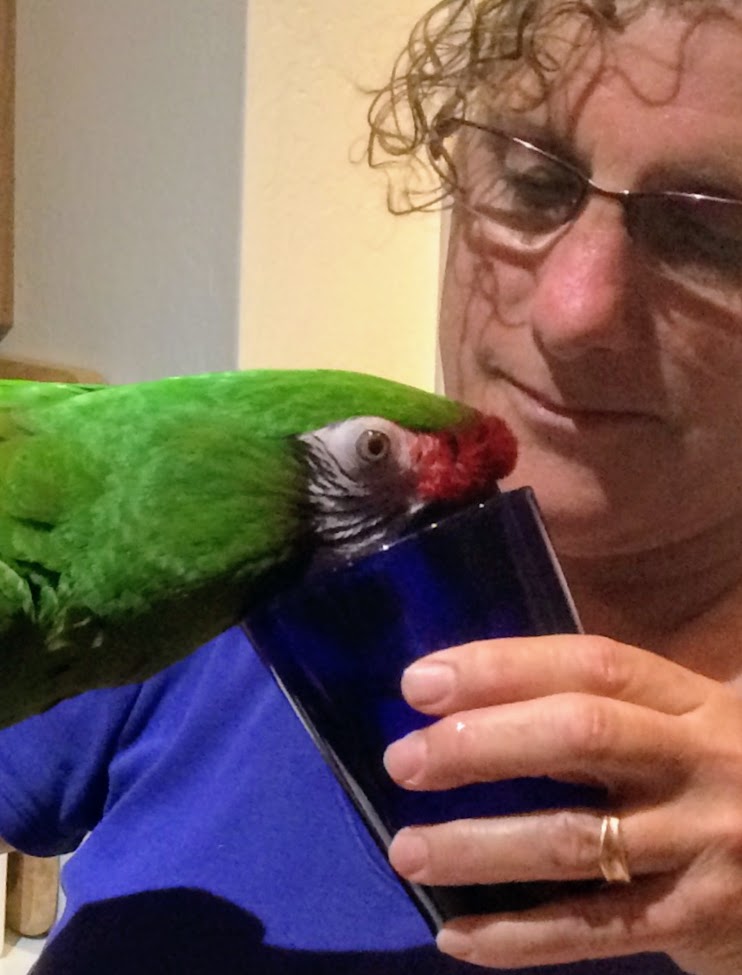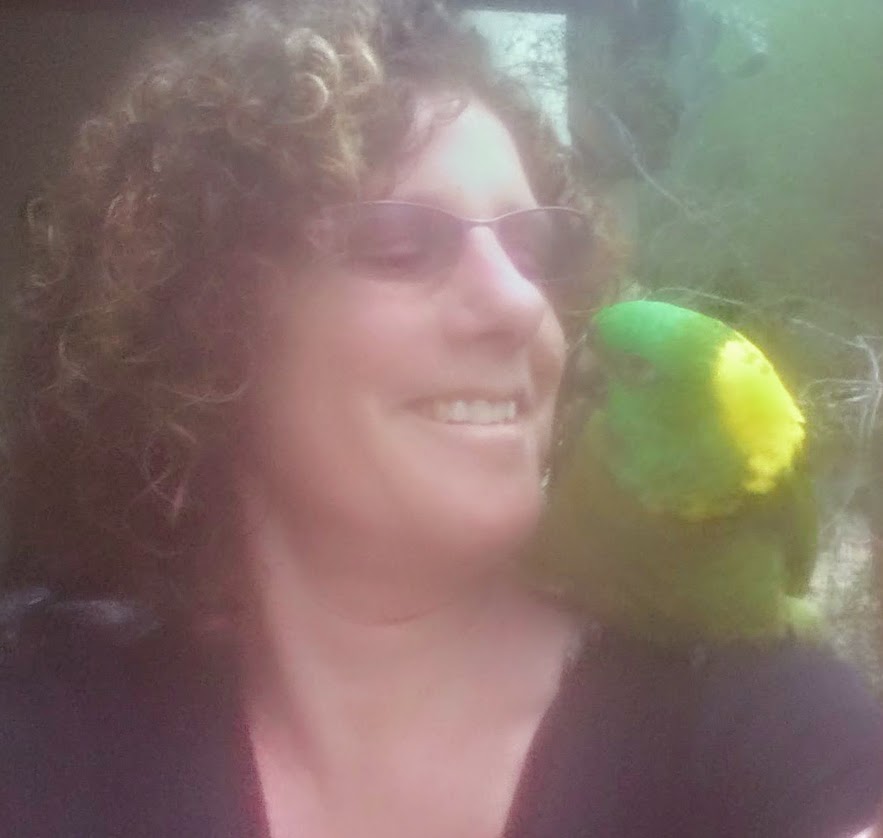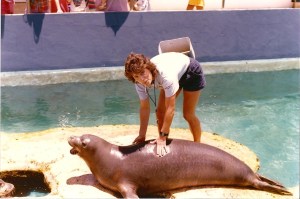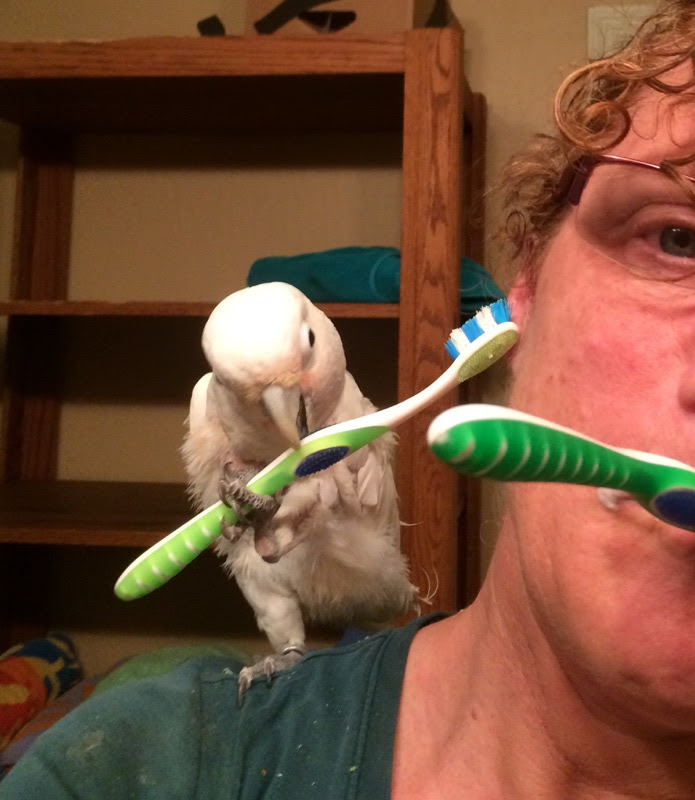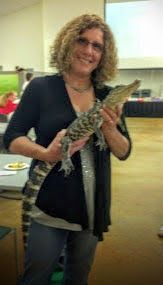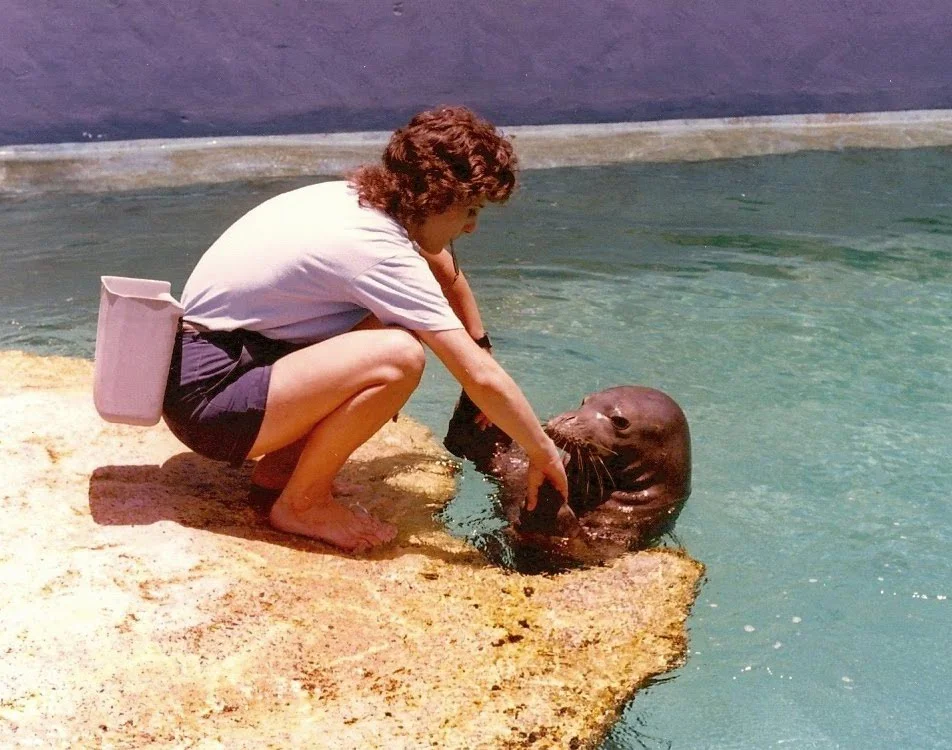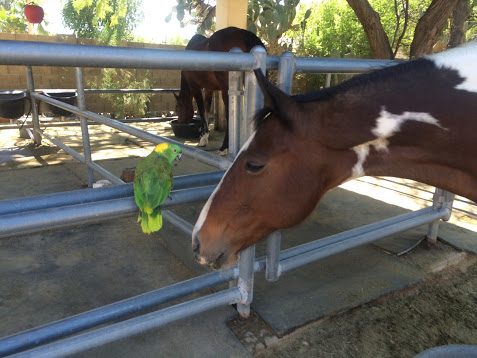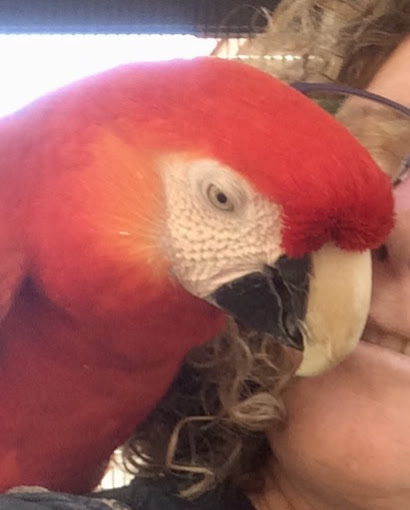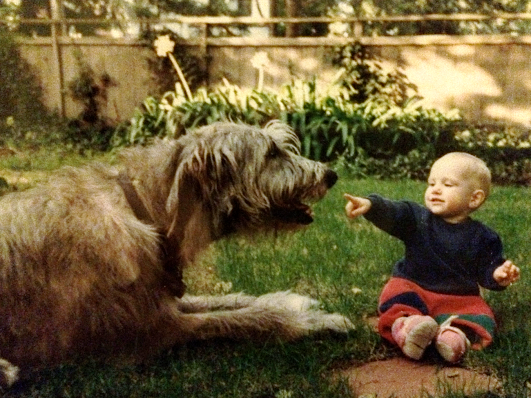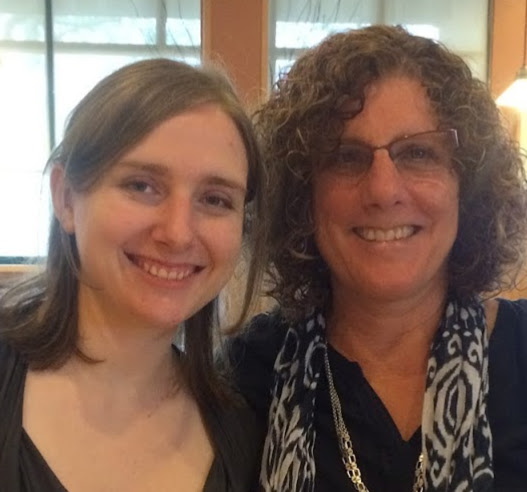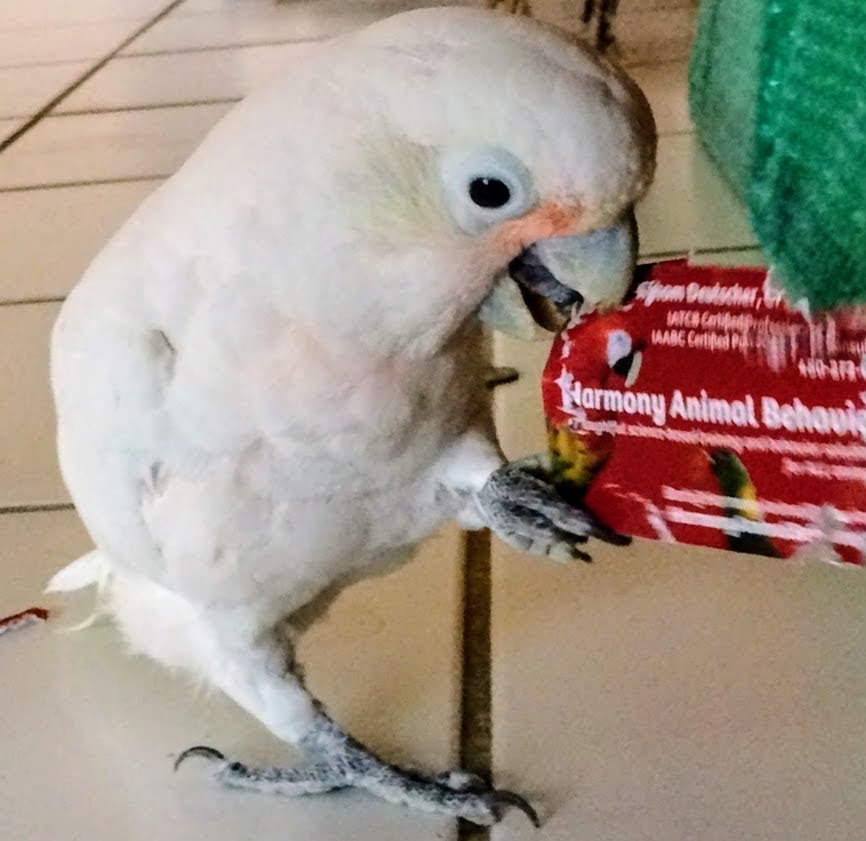Thank you for your interest in Harmony Animal Behavior.
Working with people and their animals is my passion and profession. Harmony Animal Behavior promotes kind and natural strategies for working with your animal to create trust, attention, and cooperation. You will find me to be friendly, enthusiastic, patient, and positive. (Testimonials)
Please visit my Contact Me/Rates page and let me know how I can help you.
Barb
Barbara Bingham, CPBC, CPBT-KA is devoted to reinforcing good behavior in all animals using natural strategies from behavioral science. Experience with a variety of species such as marine mammals (notably including Hawaiian Monk Seals), horses, cats, dogs, small mammals, reptiles, and birds, gives Barbara an advantage in considering options for each individual. She is passionate about sharing the science of behavior and learning as a foundation for solving challenges and improving relationships.
Barbara is a Certified Professional Bird Trainer through the International Avian Trainers Certification Board, and a Certified Parrot Behavior Consultant by the International Association of Animal Behavior Consultants. Following a rewarding career as a professional symphony musician on the French Horn, Barbara is pleased to dedicate herself full-time to animals and their people through her business, Harmony Animal Behavior.
Barb lives in Ahwatukee, AZ with a horse, a cat, a Scarlet Macaw, a Military Macaw, a Triton Cockatoo, a Congo African Grey, and a Sun-day conure. Barbara’s wonderful daughter, Jenn Deutscher, is a scientific illustrator (Alithographica Art) living in Brooklyn.
Yellow Naped Amazon art by Jenn Deutscher http://www.alithographica.com/
Barbara Bingham, Musician prior to full-time animal work
Barbara Bingham has performed regularly with the San Francisco Symphony, San Francisco Opera Orchestra, Midsummer Mozart Festival Orchestra, and The Filarmonica de las Americas in Mexico City. She has soloed with orchestras throughout the United States and in England, Scotland, Spain, and Costa Rica, and has won the prestigious Los Angeles Horn Club Competition.
Prior to joining The Phoenix Symphony in 1986 as Associate Principal horn, Barbara was a member of the Honolulu Symphony for nine seasons. While in Hawaii, she taught horn at the University of Hawaii. In her “free” time, she trained seals and dolphins for the Waikiki Aquarium, Sea Life Park, and Kewalo Basin Marine Mammal Lab. Barbara performed as Principal Horn with The Phoenix Symphony from 1991 through 2001.
Barbara studied horn with Vincent DeRosa and James Decker while earning her Bachelor’s of Music degree cum laude at the University of Southern California School of Music. She also studied with Frank Brouk, William Lane, Ralph Lockwood, and Arthur David Krehbiel.
Barbara performed as Principal Horn in The Flagstaff Festival of the Arts and the Mainly Mozart Festival. She has performed in concerts of the Sedona Chamber Music Festival as a member of the Festival Woodwind Quintet, and with members of the Stanford String Quartet in the Brahms: Horn Trio, op.40, and also played Principal Horn in the quartet’s presentation of Bach’s Brandenburg Concerto #1.
Barbara resides in Ahwatukee, Arizona with a menagerie of animals that includes two horses and a 36-year-old parrot that whistles orchestral excerpts.
An Interview with Barb
– by John, bird training student (for his school research paper)
How long have you been training animals?
My fascination in observing and developing a mutual relationship with animals goes back as far as I can remember. I have been training professionally in my free time for 40 years. Harmony Animal Behavior became my full-time career about 5 years ago.
What is the worst injury you have gotten from an animal?
As you know, safety is our first priority both to avoid injury and also to avoid teaching the animal to use their beak, teeth, hooves, body with humans. Getting hurt indicates that the trainer mistook the situation… three incidents come to mind but, fortunately, none required a doctor visit: teaching tug to a Hawaiian Monk Seal who excitedly grabbed too far up the tug and ripped my finger; having a horse land and pivot on my toes; getting my face too close to a Triton Cockatoo (Buddy) that I am retraining (bit my lip).
What is the most exotic animal you have ever worked with?
Hawaiian Monk Seals (endangered species) and dolphins, false killer whales, sea lions, seals, penguins, boobies (seabird), pelicans.
What do you think is the coolest/best behavior you have taught?
Teaching the Hawaiian Monk Seals at Waikiki Aquarium to retrieve objects that visitors would accidentally drop into their habitat (pool and island).
Not only did this behavior recover the lost item for the person, more importantly it taught the seals not to ingest foreign items because they could “trade” these for a piece of food (squid or fish).
What is your favorite type of bird?
The species I am working with at that moment… as I think you will agree, every individual of each species has amazing and irresistible qualities of their own… if I had to choose a favorite type (species) of bird, it would be the corvids. Crows, ravens, cravens are incredible! – so quick and clever – absolute geniuses!
When did you realize that you wanted to become a trainer?
I have had a passion for animal training and behavior since I was a child. Since learning the science and skills for applying Operant Conditioning (B.F. Skinner) and Classical Conditioning (Pavlov) in training and behavior change, I have the desire to share these kind and effective methods with everyone that will listen… it can change the world.
What type of animal was the hardest to train and why?
To say one “type” of animal is hardest to train would be assigning a label to a species when we observe that every individual within a species is unique with their own strengths and weaknesses – also because our science-based strategies work superbly with all species of animals (including humans).
Birds are still essentially “wild” animals – they have not been domesticated – it certainly takes knowledge, skill, and patience to successfully work with birds.
(Truthfully, adult humans are undoubtedly the hardest type of animal to train because of their brain ability and their environment of unlimited freedom to find reinforcement elsewhere besides the trainer.)

